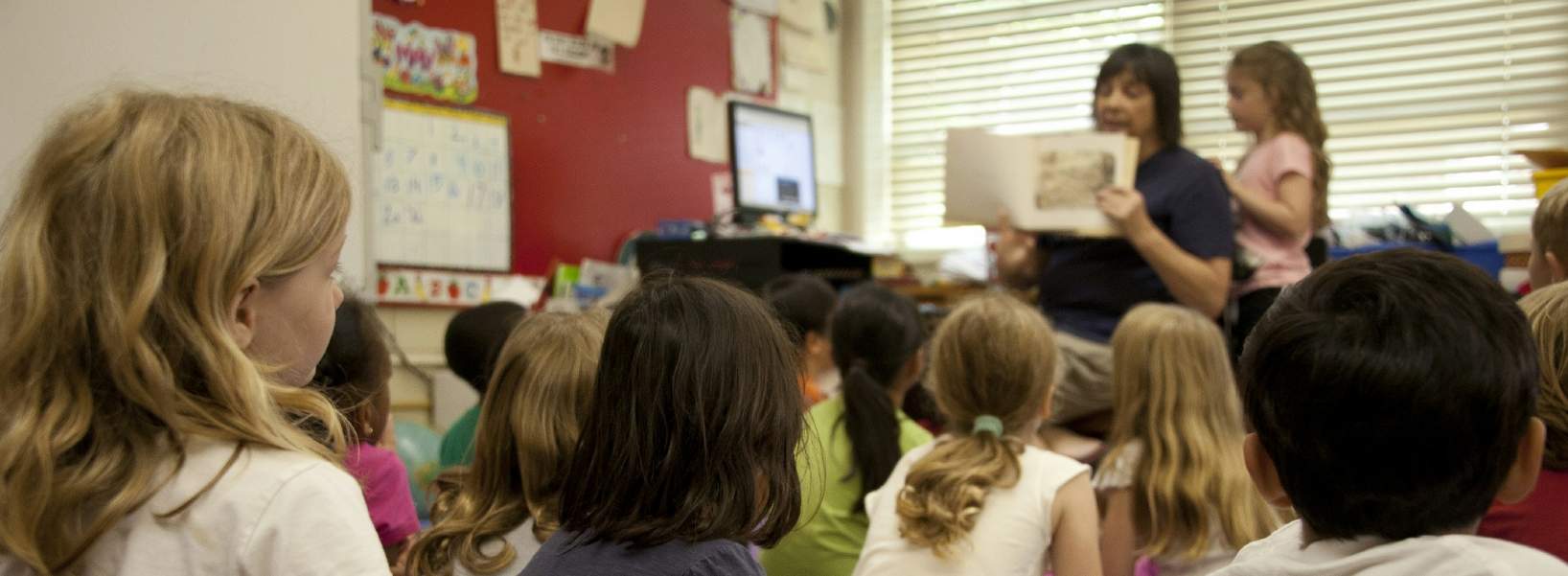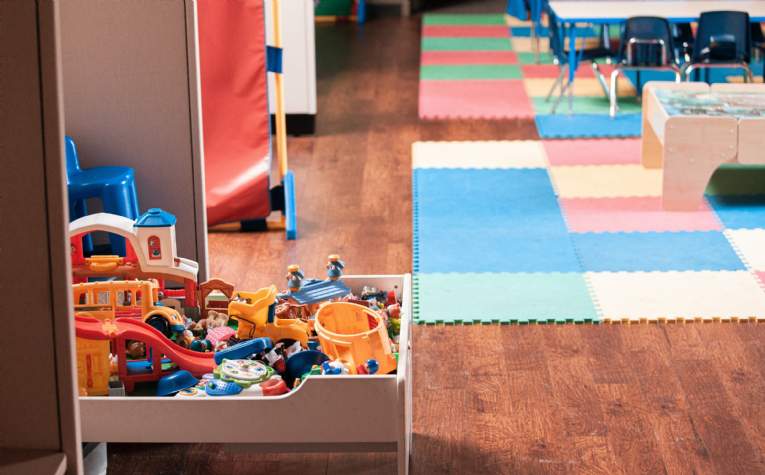Over the last few years, inflationary pressures, increases in staff salary and pension contributions, and the potential introduction of VAT on fees, along with the loss of charitable status, mean that independent school operators face numerous financial headwinds. As a consequence, many are considering options to increase revenue and cut costs to help prevent parents, who may be struggling with rising living costs, having to absorb increases.
According to Independent Schools Council (ISC) data, fees rose by 8% in 2023, compared to 3% in 2022. This rise is believed to be largely responsible for new independent school pupil enrolments falling by 2.7% this academic year, the biggest margin since 2011. Without a proper strategy, independent schools risk entering a vicious circle; increasing fees to offset income loss from declining pupil numbers, which leads to fewer families affording attendance, prompting further withdrawals and fee increases. A number of recent closures have been related to the pressures of the last few years, but if VAT breaks on fees and schools’ charitable status are removed the pace of closures is likely to accelerate. Consequently, more children may transfer to state schools: an estimate from the Institute for Fiscal Studies puts the number at approximately 40,000.
So what is available to independent schools to weather the financial storms?
Many schools have changed their admissions policies: Sherborne, Stamford, and Abingdon Prep Schools have already made or announced plans to make year groups co-ed. Others have increased their age catchment including adding nurseries to act as feeder ‘pre-prep’ facilities. A merger with a nearby independent school with similar values and culture could be an option. This could offer economies of scale, reducing operating, marketing, and fixed costs, while sharing property assets and accommodation.
Other schools are looking to diversify income through utilising their assets for ancillary trading purposes. Diversifying to maximise the use of the assets outside of school hours will bolster trading income on a more consistent basis.
Looking ahead, specialising in a specific educational area could be a consideration. It’s well-documented that demand for special education needs and disabilities (SEND) places is increasing. The ISC notes that pupils with SEND rose from 8% in 2022 to 20% in 2023, with a 29% increase in those with an Educational Health and Care Plan. The current Government also pledged £1 billion towards the sector between 2023/24.
Alternatively, the British independent schools sector remains popular with international pupils. The weaker pound makes fees more affordable, so catering to and marketing towards this market may be an option. By the end of 2022, education institutions, mainly universities, increased their office space in Greater London by 85% over the five-year average. This "shop window" approach attracts international students and can serve as a gateway to campuses further afield; independent schools might consider following this higher education trend.
In the short term, many independent schools either have to cut costs or increase revenue by boosting pupil numbers. While parents typically avoid removing children from their current environment, numbers at key entry points may decline. Exploring various avenues to strike a balance between increasing demand and reducing overhead operating costs is key and, long-term, may give independent schools stronger foundations to withstand future unknown challenges.
Further information
Contact Jennifer Gill

.jpg)
-act-promoting-sustainable-travel-to-school.jpg)

.jpg)


.jpg)